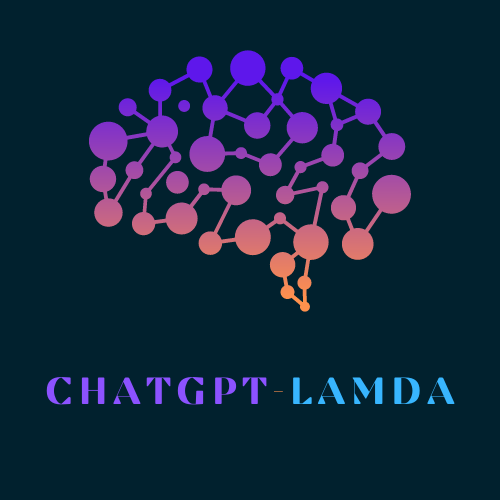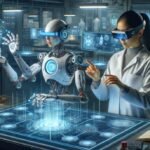Understanding UiPath's Automation Tools
UiPath's automation tools, such as Agent Builder and Autopilot, are transforming business operations by integrating automation with everyday tasks. Agent Builder provides developers a platform to create AI-powered agents that can handle complex business tasks. Autopilot introduces a user-friendly conversational interface for employees using UiPath's automation ecosystem.
The combination of RPA robots and AI agents forms a powerful duo that enterprises find valuable:
- RPA handles repetitive chores
- AI agents tackle more complex duties
This synergy makes previously complex tasks automatable.
UiPath's integration is reshaping employment landscapes, pushing humans to evolve their skills. As automation takes on routine tasks, workers are encouraged to shift towards roles that foster creativity and strategic thinking.
These tools are improving efficiency across various sectors:
- In finance, data-entry tasks become less relevant
- Healthcare sees improved data management precision, allowing personnel to focus more on patient care
- Manufacturing plants discover new efficiencies in resource management and supply chains
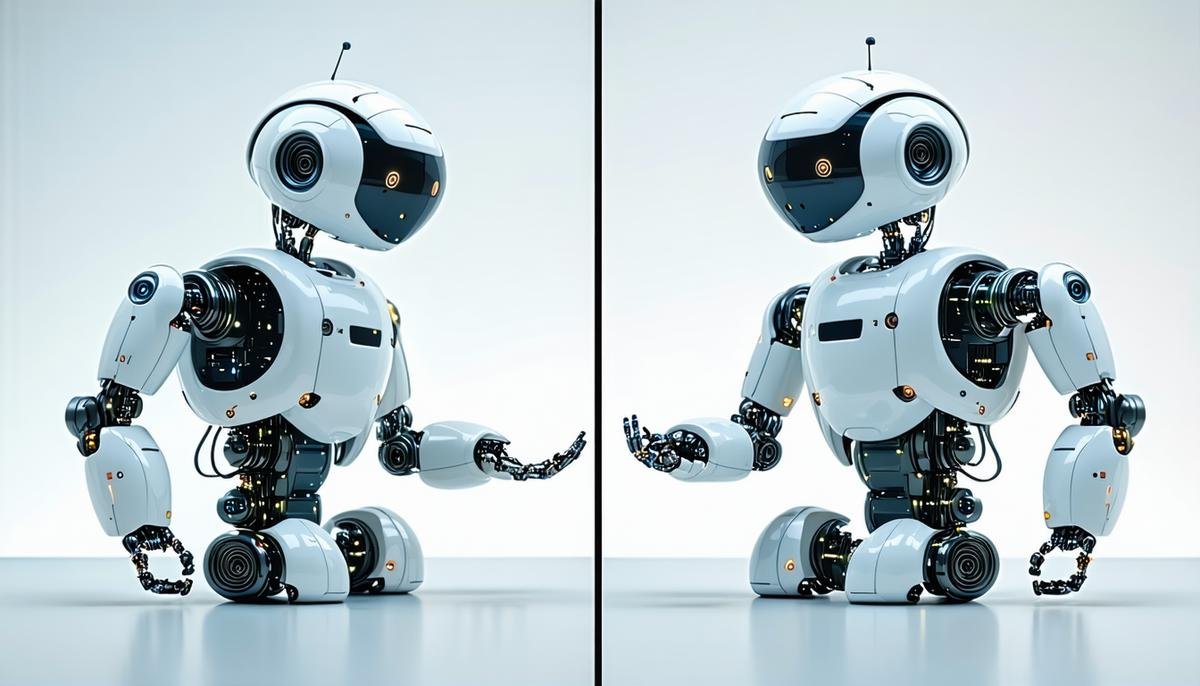
The Role of AI Agents in Automation
UiPath's AI agents are redefining automation, surpassing traditional RPA. While RPA excels at repetitive, rule-based tasks, AI agents can learn, adapt, and make intelligent decisions. This ability enables them to handle more complex tasks previously challenging for automation.
These agents can:
- Interact with complex datasets
- Anticipate next best actions
- Execute tasks without constant human oversight
This allows businesses to streamline processes and increase adaptability and resilience.
AI agents' value lies in liberating human potential, allowing humans to focus on strategic initiatives and creative problem-solving. They also promote continuous learning and improvement, providing businesses with insights to refine processes further.
These smart agents are leading industries toward a future where humans and machines work together, maximizing each other's strengths. While AI agents handle routine work, humans can focus on creativity, vision, and bringing a uniquely human touch to business endeavors.
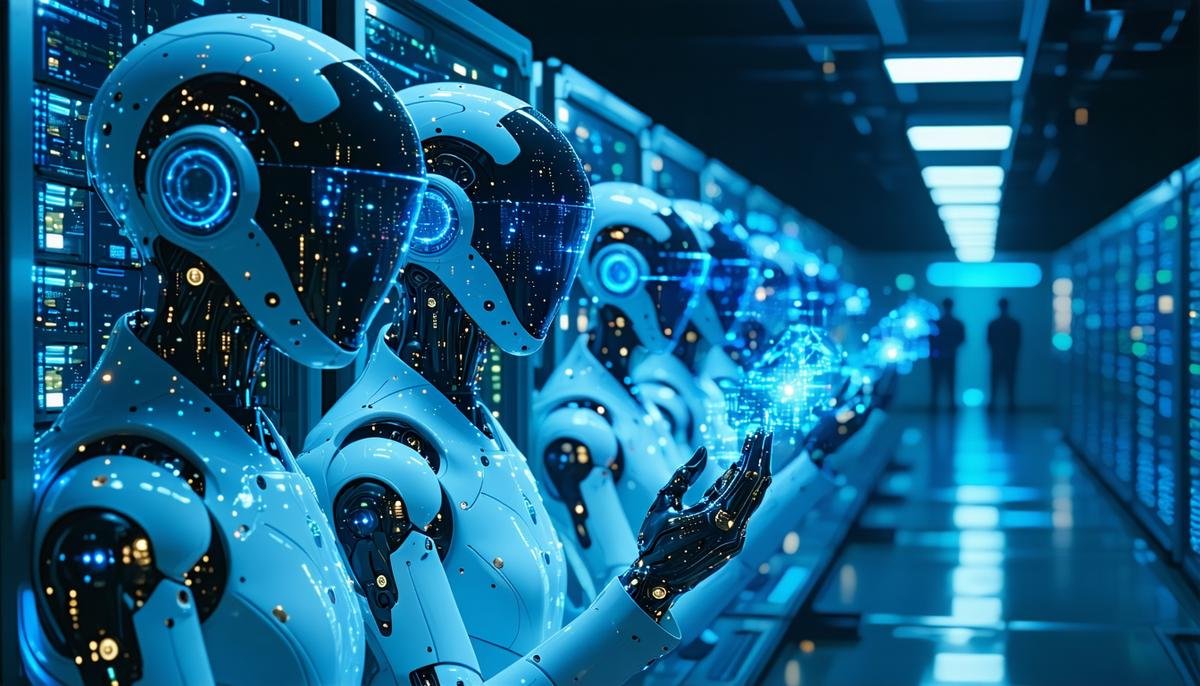
Impact on Employment
As UiPath's automation spreads across sectors, concerns about job displacement arise. However, this shift creates space for fresh, dynamic roles requiring a human touch. Upskilling and reskilling become essential for thriving in an automated world.
Companies are investing in training programs to develop a workforce adept at working with AI tools. New positions emerge from the need to manage, configure, and refine automated systems, such as:
- "Automation Supervisor"
- "AI Process Optimizer"
The automation discussion isn't just about job losses or creations; it's about redefining work. Government and industry leaders must collaborate on policies supporting this shift, perhaps providing incentives for employee training or creating safety nets for displaced workers.
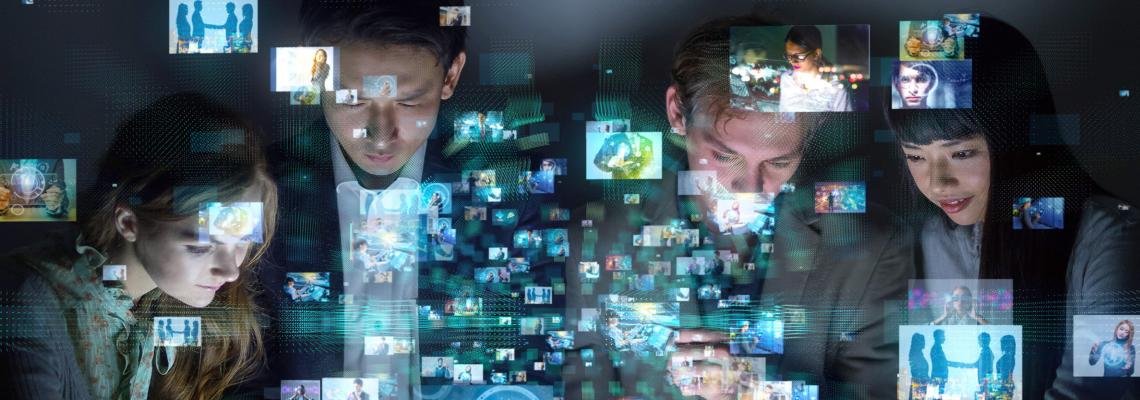
Economic Implications of Automation
Automation is reshaping the economic landscape, promising efficiency and cost savings, but also raising concerns about economic imbalance. Adopting automation technologies boosts cost efficiency and enhances productivity, giving companies a competitive advantage.
With robots handling routine work, companies have more capacity to innovate and focus on strategic growth. However, there's a risk of widening economic disparity between larger enterprises and smaller businesses with fewer resources.
This situation necessitates supportive policies and initiatives:
- Providing SMEs with tools and subsidies to access automation technology
- Training programs to upskill existing employees
These measures can help prevent a technological divide and invigorate the economy by keeping the job market dynamic and adaptable.
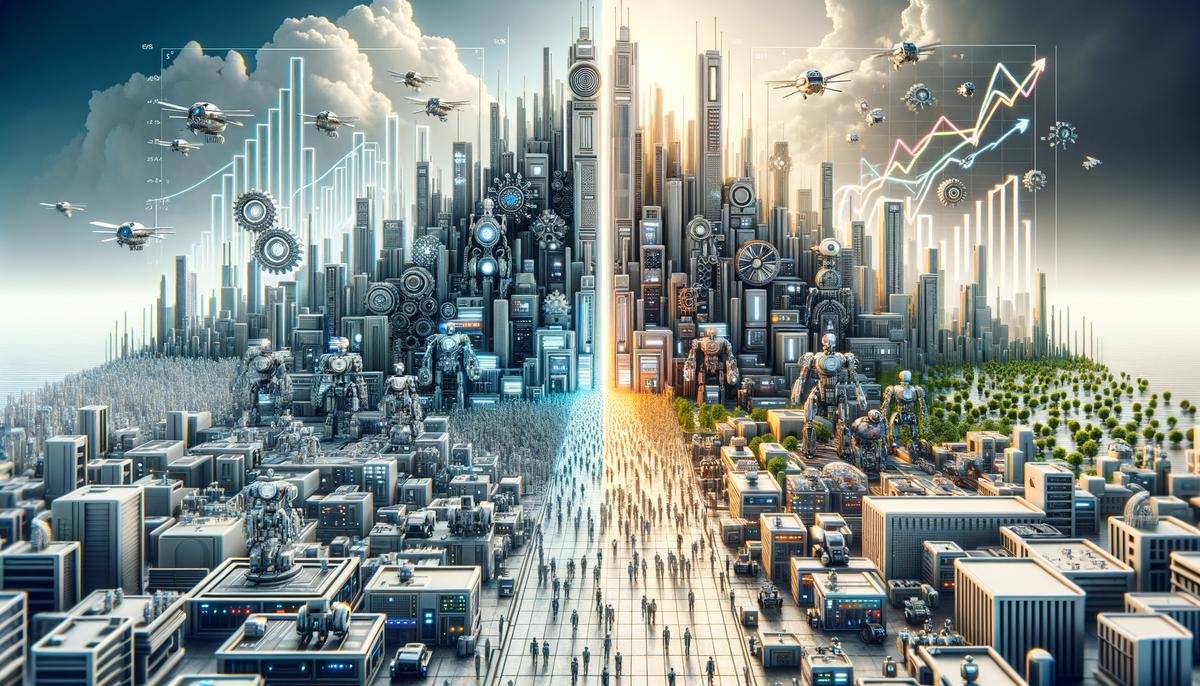
Future Workforce and Automation
The future workforce is being redefined as automation advances. It's no longer about replacement; it's about transformation. This shift requires a versatile workforce capable of working smoothly with machines.
Enterprises must invest in their human capital as diligently as their technological capital. Employees should be encouraged and equipped to learn new skills that complement automation, creating a workplace where technology enhances human capabilities.
"UiPath is going through another transition. It led the RPA market where it was an innovator and now it has an opportunity to evolve as a leader in agent-based automation."1
Continuous education ensures workers remain agile, ready to tackle new challenges. Organizations must develop strategies and cultures that prioritize and facilitate reskilling. Leaders should champion training programs, workshops, and initiatives that empower workers to expand beyond their traditional roles.
This new era demands a workforce eager to adopt this techno-creative partnership, capable of harnessing the strengths of both humans and machines to propel industries into a promising future.
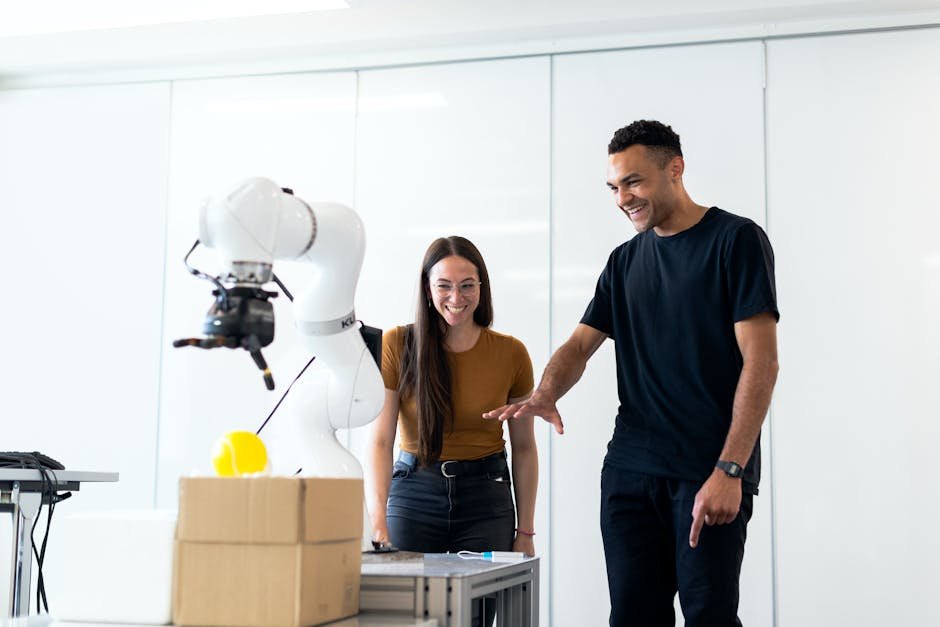
As automation continues to reshape industries, the collaboration between humans and technology becomes a pivotal force. Embracing this partnership can transform how we work, allowing us to focus on creativity and strategic thinking while machines handle routine tasks. The future holds promise for those ready to adapt and thrive alongside their digital counterparts.
- Vellante D. UiPath is marrying generative AI with robots to accelerate business automation. SiliconANGLE. 2023.

